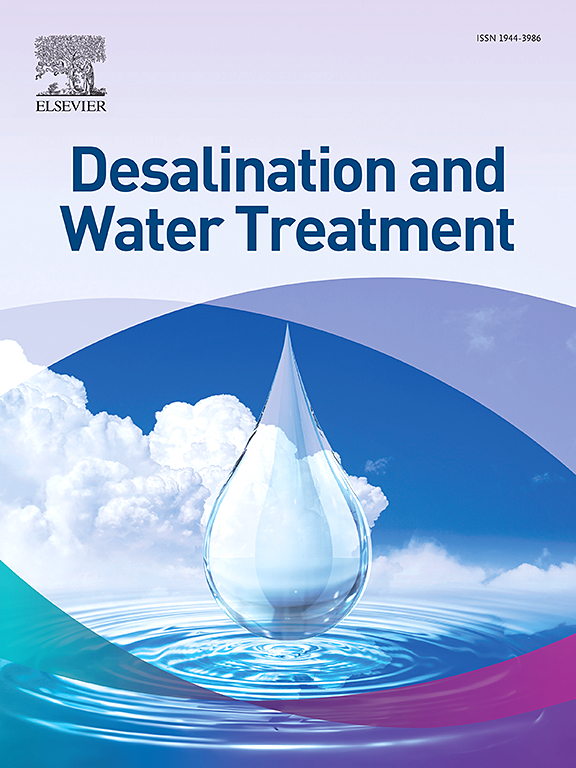蒸发皿蒸发模型的线性和非线性集成概念
IF 1
4区 工程技术
Q4 ENGINEERING, CHEMICAL
引用次数: 0
摘要
蒸发皿蒸发量(Ep)模型在饮用水供应评价、区域水资源规划和水库管理中具有重要意义。本研究的主要目的是探讨伊拉克埃尔比勒和萨拉哈丁气象站逐月Ep模拟的线性和非线性集合方法的准确性。为此,进行敏感性分析以确定主要输入参数。结果表明,T均值、T max和T min是最有效的参数。此后,Ep建模涉及两个场景。在场景1中,考察了人工神经网络、最小二乘支持向量机和多元线性回归模型对Ep的估计能力。结果表明,不同的输入组合导致不同的绩效,其中埃尔比勒站模型3(具有T均值、T max、T min、R H)和萨拉赫丁站模型2(具有T均值、T max、T min)的绩效最好。在场景2中,采用线性和非线性集成方法作为简单线性平均、加权线性平均和非线性集成(NLE)模型,以提高单一模型的预测能力。结果表明,集成建模可以提高单个模型的性能,而NLE模型由于其非线性特性提供了最好的结果。总体结果表明,对埃尔比勒站和萨拉赫丁站,所提出的集合模型的预测能力分别提高了5%和16%。本文章由计算机程序翻译,如有差异,请以英文原文为准。
Linear and nonlinear ensemble concepts for pan evaporation modeling
Modeling of pan evaporation (Ep) is of paramount importance in the evaluation of drinking water supplies, planning of regional water resources and reservoir management. The main aim of this study is to investigate the accuracy of linear and non-linear ensemble approaches for monthly Ep modeling in Erbil and Salahaddin meteorological stations of Iraq. For this purpose, sensitivity analysis was performed to determine the dominant input parameters. The results showed that T mean , T max and T min are the most effective parameters. Thereafter, two scenarios were involved for the Ep modeling. In scenario 1, the ability of artificial neural network, least-squares support-vector machine and multiple linear regression models was examined for the estimation of Ep. The results demonstrated that different input combinations led to different performance, model 3 (which has T mean , T max , T min , R H ) for Erbil station and model 2 (which has T mean , T max , T min ) for Salahaddin station provided the best performance among several models developed. In scenario 2, linear and non-linear ensemble approaches were employed as simple linear average, weighted linear average and non-linear ensemble (NLE) models to improve predictions of the single models. The results reported that ensemble modeling could improve performance of single models and NLE model provided the best results due to its non-linear nature. The general results demonstrated that the proposed ensemble models could improve predictions of single models up to 5% and 16% for Erbil and Salahaddin stations, respectively.
求助全文
通过发布文献求助,成功后即可免费获取论文全文。
去求助
来源期刊

Desalination and Water Treatment
工程技术-工程:化工
CiteScore
2.20
自引率
9.10%
发文量
0
审稿时长
5.3 months
期刊介绍:
The journal is dedicated to research and application of desalination technology, environment and energy considerations, integrated water management, water reuse, wastewater and related topics.
 求助内容:
求助内容: 应助结果提醒方式:
应助结果提醒方式:


